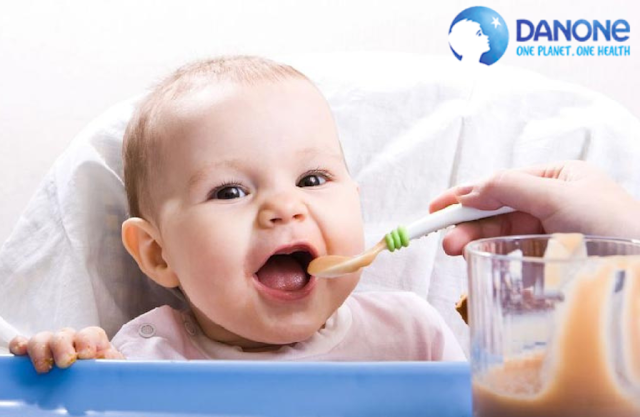Protein for Kids: Best Food Sources & How Much is Too Much?
Wondering what's the protein requirement for your little one? Confused about how and what to feed them to give them high protein foods for nourishment and growth? You're at the correct place! Let’s delve into a comprehensive blog that talks about it all!
Why are high protein foods important for a child’s diet?
Protein rich food is important for children, playing a vital role in their overall growth and development. It's a key component of every cell in the body and is essential for building muscle, repairing tissues, and supporting a strong immune system.
During childhood, high protein foods are particularly important as they support the rapid growth and cognitive development that occurs during these years. Ensuring that kids get enough protein through their diet can help them reach their full potential both physically and mentally.
Understanding the Balance: How Much Protein Do Kids Really Need?
The amount of protein children need varies by age, weight, and activity level. Babies typically require about 10 grams of protein daily, toddlers around 13 grams, and older children between 19 and 34 grams, depending on their specific age and size.
Balancing protein intake with other nutrients is important, ensuring that kids get a well-rounded diet. While high protein foods are essential, too much of it can stress young kidneys and displace other vital nutrients. Parents should aim for a balanced diet that includes a variety of protein sources, fruits, vegetables, grains, and healthy fats to support their child's health and development.
Top Plant-Based Protein Foods for Kids
Introducing plant-based proteins into a child's diet can be a nutritious and environmentally sustainable way to meet their protein needs. Excellent sources of plant-based protein for kids include lentils, chickpeas, black beans, quinoa, tofu, and almonds.
These foods are not only rich in protein but also provide essential vitamins, minerals, and fiber. Including a variety of these protein-packed plants in meals and snacks can help ensure that children receive a broad spectrum of nutrients necessary for healthy growth.
Best Animal-Derived Protein Sources for Growing Bodies
Animal-derived proteins are regarded as complete proteins because they contain all the essential amino acids that the body can't produce on its own. High protein foods such as chicken, turkey, eggs, and dairy products such as milk, yogurt, and fish are excellent sources of high-quality protein for children.
These foods also offer additional nutrients like calcium, vitamin B12, and iron. When selecting animal-based proteins, it's beneficial to choose lean cuts of meat and low-fat dairy options to reduce saturated fat intake while still providing the protein young bodies need.
Creative Ways to Incorporate Protein into Your Child's Diet
Making protein rich food a regular part of meals and snacks can be fun and creative. Try adding a scoop of nut butter to oatmeal, blending Greek yogurt into smoothies, or making mini meatballs as a versatile protein addition to soups, pasta, or finger food.
Plant-based proteins like beans can be mashed into quesadillas or used as a filling for tacos. The key is to make protein foods appealing and accessible, encouraging kids to enjoy a variety of flavors and textures.
Understanding the Balance: How Much Protein Do Kids Need?
The amount of protein children need varies by age, weight, and activity level. Babies typically require about 10 grams of protein daily, toddlers around 13 grams, and older children between 19-34 grams, depending on their specific age and size.
It's important to balance protein intake with other nutrients, ensuring that kids get a well-rounded diet. While protein is essential, too much of it can stress young kidneys and displace other vital nutrients. Parents should aim for a balanced diet that includes a variety of protein sources, fruits, vegetables, grains, and healthy fats to support their child's health and development.
How to Tackle Picky Eating Habits
When you have a fussy eater, getting them to take in enough protein can be testing. However, there are creative strategies to add proteins into one’s child’s diet that would assist in meeting their nutritional needs.
Try introducing lentils, chickpeas, and tofu as different plant-based proteins in new and interesting ways. Additionally, you should try out other types of animal-sourced protein, such as eggs, dairy products, and lean meats, which could make mealtimes much more exciting.
By making protein rich food accessible and enjoyable you can ensure your child gets the nutrients they need for healthy growth and development. Bear in mind this calls for a balance; therefore strive for a well-rounded diet consisting of a mix of proteins, fruits vegetables grains as well as healthy fats that will help support your kid’s general health.
Fueling Wellness, fueled by you. Explore Danone Innovative Nutrition! Visit our website for more information.




Comments
Post a Comment